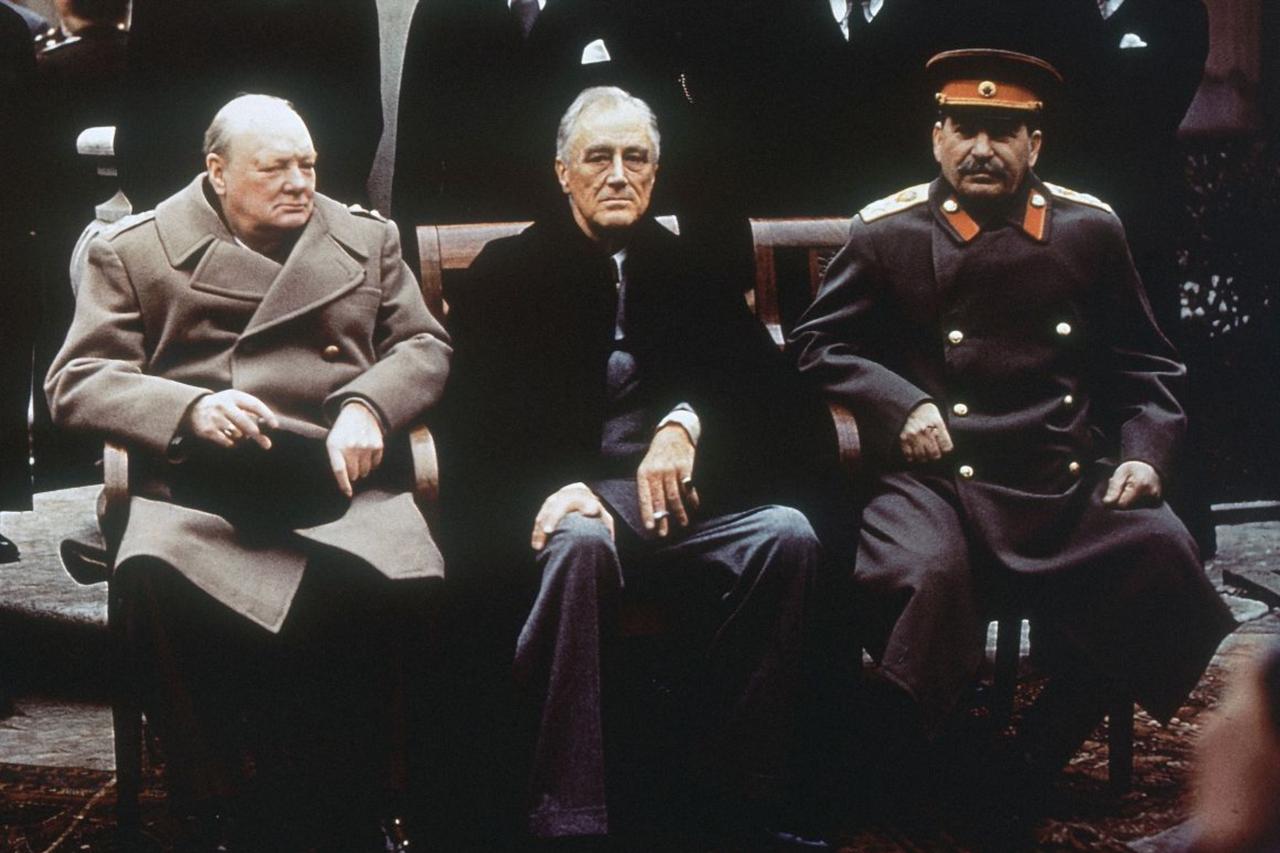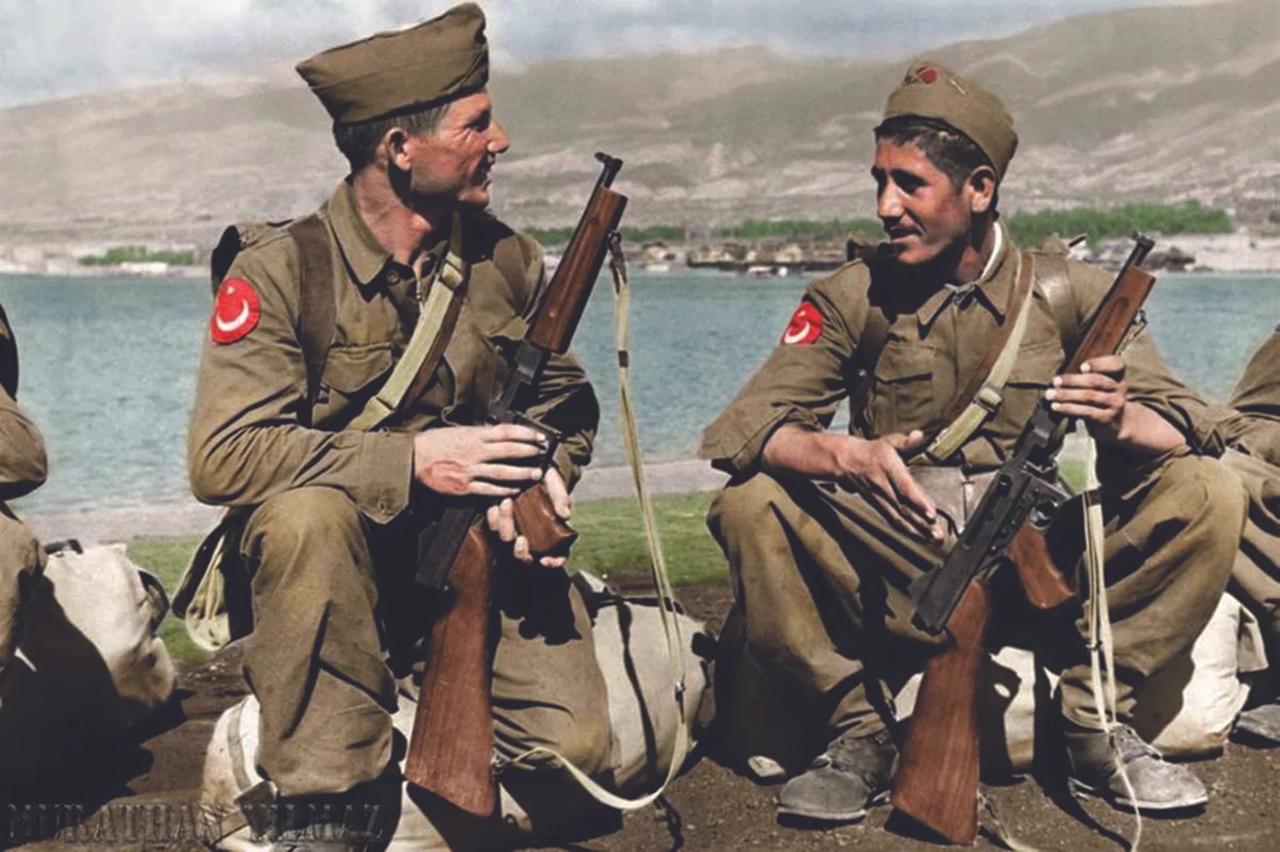
In the aftermath of World War II, the world was taking shape under a new bipolar power structure.
The rivalry between the United States and the Soviet Union (USSR) was decisive not only in military and economic spheres but also in cultural, ideological, and scientific arenas.
Türkiye, due to its strategic location and historical experience, emerged as one of the key actors in this new era.
However, understanding Türkiye’s positions during this period requires more than a purely diplomatic or security-focused perspective.
Political decisions, cultural and social changes, and developments in education and science progressed in parallel, interacting dynamically.
Türkiye’s alignment with the U.S. during the Cold War, although rooted in a long-standing strategic rationale, was also reinforced by the exaggeration of the Soviet threat and the prioritization of anti-communist concerns.
Early Republican anticommunism was not only a reaction to external pressures but also rooted in a domestic discomfort with the idea of class conflict.
The principles of popular sovereignty and social integration, designed as an integrative framework, denied class distinctions both rhetorically and legally.
Although the Turkish War of Independence briefly fostered cooperation with Soviet Russia, this partnership quickly cooled down.
At Lausanne, Turkish delegates did not align with Soviet views, signaling an early distancing that would later reappear in Türkiye’s foreign policy.
As other scholars have highlighted, this approach was decisive in Türkiye’s inclusion in the Truman Doctrine and the Marshall Plan.
Articles published by Georgian professors in the “Izvestia” newspaper and the discussions between Selim Sarper and Vyacheslav Molotov regarding the Straits and base demands cannot be assessed solely as diplomatic bargaining strategies; these developments strengthened strategic concerns within Türkiye and accelerated its orientation toward the U.S.
This close relationship with the West also coincided with the transition to a multi-party democratic system.
The democratization process was fueled not only by internal political necessities but also by external factors, such as integration into the international community and participation in the San Francisco Conference.
Yet, this process created a limited space for freedom under the dominance of anti-communist ideology.
The Tan newspaper raid, incidents at the Faculty of Language, History and Geography, and the 1951 communist arrests clearly reveal the tension between public interests and the interests of capital elites.
In this context, democracy in Türkiye was shaped as a tool for alliances with the West while simultaneously bringing internal mechanisms of control and repression.
This limited democratization reveals that Türkiye’s political transformation was less about broadening popular participation and more about demonstrating reliability to the West.
Former President Cevdet Sunay’s remark, “The greatest threat for Türkiye is communism,” encapsulated not only the stance of the military elite but also the broader perspective of the state apparatus.
This statement illustrates how anti-communism served not merely as a foreign policy alignment but also as an internal mechanism of social control, narrowing the democratic sphere while legitimizing the repression of alternative political voices.
Scientific activities during the Cold War in Türkiye became a decisive instrument for both national and international policies. U.S.-supported social science research guided academic production and promoted behavioral and empirical approaches in universities.
Research funded by the Rockefeller, Ford, and Carnegie foundations contributed to the adoption of quantitative and experimental methods in Türkiye’s social sciences, transforming academics into measurement specialists.
This development spread U.S. influence not only in academic spheres but also in cultural and political decision-making processes.
The primary reason the U.S. and the USSR conducted scientific research in Türkiye was not merely academic curiosity, but rather strategic influence, ideological propaganda, and geopolitical advantage.
The U.S. saw Türkiye as a buffer zone against the Soviets and a key point on NATO’s southern flank, aiming to embed its values and methods within academic and societal structures.
Likewise, the USSR sought to expand its sphere of influence and counter Western impact through limited research initiatives and support programs.
In particular, research conducted at Ankara’s Faculty of Language, History and Geography (DTCF) emphasized fieldwork under the influence of the Chicago School, producing scholarly work in rural studies and sociology.
From the 1950s onward, the prominence of quantitative methodology alongside the Le Play School indicates the impact of the American model on Türkiye’s sociology and psychology research.
In this context, social sciences functioned not only as theoretical knowledge production but also as mechanisms measuring societal behavior to inform political and economic decision-making processes.
A similar effect can be observed in public administration. Türkiye, which had adopted a French-rooted legal approach since the Ottoman period, began to turn toward the American model of public administration from the 1950s.
The establishment of Türkiye’s Institute of Public Administration (TODAIE) in 1952, along with bilateral agreements between New York University and Ankara’s Faculty of Political Science, contributed to strengthening U.S. influence at the institutional level.
Around the same time, the United Nations’ Barker Report encouraged the creation of institutes like TODAIE, promoting development-oriented academic work in less-developed countries.
Universities were central not only to scientific activities but also to ideological and cultural interactions during the Cold War in Türkiye.
The establishment of the Middle East Technical University (ODTU) in the second half of the 1950s, the transformation of Robert College into a university, and the founding of Ataturk University reflect the adaptation of the U.S. university model in Türkiye.
This process aimed to modernize not only education but also technical disciplines such as engineering and architecture, and it also mirrored Türkiye’s ideological and political proximity to the West.
Cultural initiatives were similarly guided through scientific centers. U.S. cultural programs, conducted via USIA and USIS, influenced Türkiye’s academic and intellectual circles, making information production and cultural exchange U.S.-focused through initiatives like libraries, exchange programs and Fulbright scholarships.
These mechanisms reinforced both the ideological and academic dimensions of Türkiye’s alliance with the West.

Political thought also developed around academic centers.
The magazines Fikir Hareketleri by Huseyin Cahit Yalcin, Hur Fikirler by Ali Fuat Basgil and Ahmet Emin Yalman, and Ankara University’s Faculty of Political Science Forum reflected the ideological ramifications of Türkiye’s alliance with the West.
These publications advocated liberal and freedom-oriented democracy while criticizing extreme anti-communist practices, supporting expanded labor rights, and engaging with Western-centered democratic models.
The Forum circle supported the strengthening of liberal democracy and Western alliances while also giving visibility to non-ideological social demands.
Religion-oriented thought also intersected with scientific and cultural centers. Magazines like Sebilurresat, Buyuk Dogu, Islamic World, and Selamet reflected the positions of religiously oriented groups regarding Cold War politics and economic developments in Türkiye.
This movement produced conflicting and scattered ideas in response to Algeria’s independence struggle, economic difficulties, and the establishment of capitalism in Türkiye, while moderating its communal focus and showing a pro-U.S. foreign policy tendency within a nationalist framework.
In Cold War Türkiye, scientific and academic production extended beyond theoretical knowledge, becoming a mechanism shaping social and political structures.
Academic centers directly influenced political decision-making processes through data and knowledge production and led cultural and social transformations.
U.S. influence, particularly through social sciences, public administration, engineering, and cultural programs, reshaped scientific paradigms and social norms in Türkiye, reinforcing the strategic, ideological, and cultural dimensions of the alliance with the West.
Ultimately, Türkiye’s Cold War policy cannot be explained solely by military and diplomatic concerns.
Political and social changes unfolded in parallel with scientific and academic activities; universities, research institutes and cultural programs were central to a network shaping both national and international policies.
In this sense, democratization, cultural modernization, and scientific production in Türkiye can be seen as both tools and outcomes of its alliance with the West.
The interplay of science, politics, and society in Cold War Türkiye offers valuable insights not only for historical analysis but also for contemporary academic and policy studies.